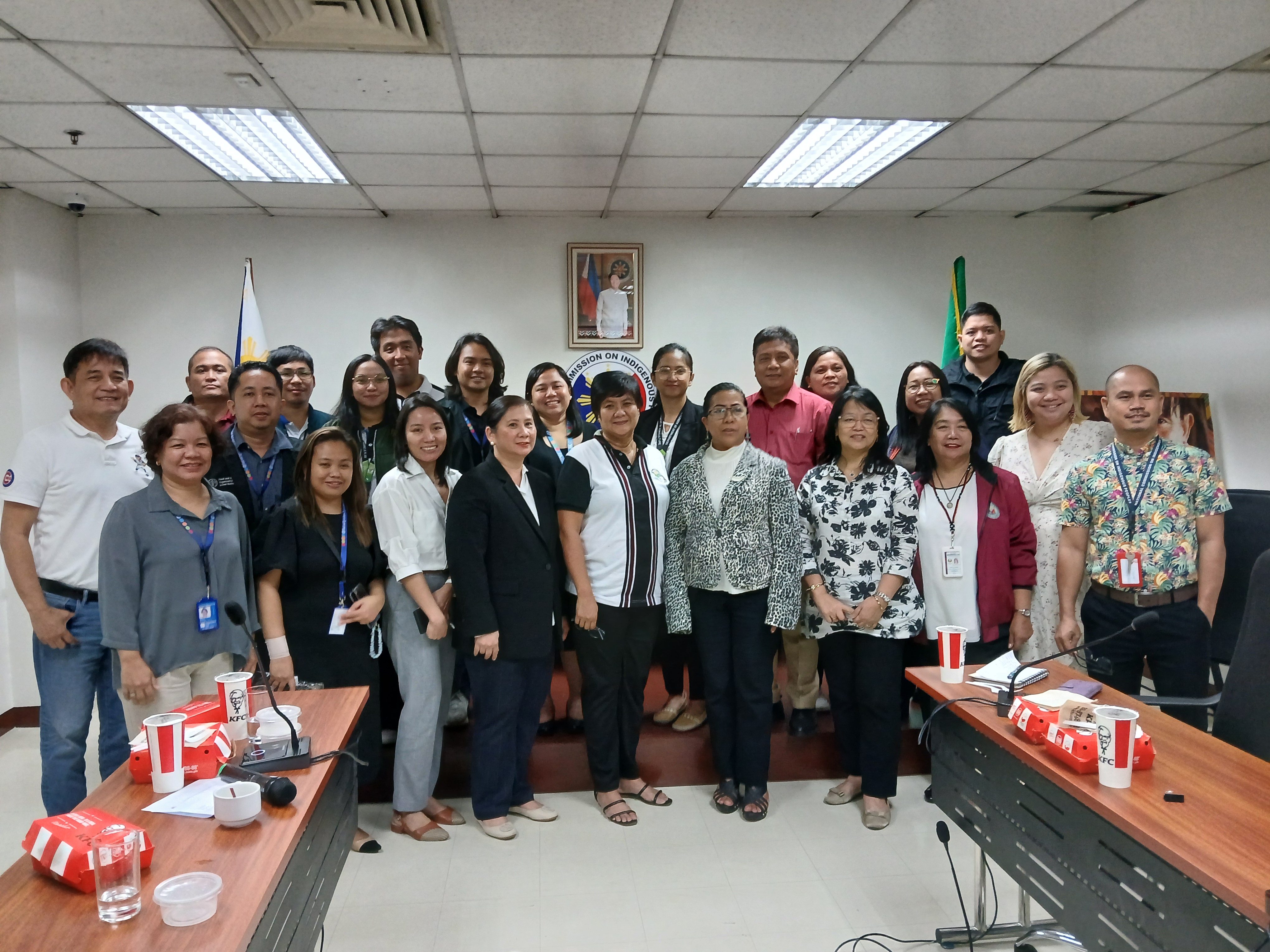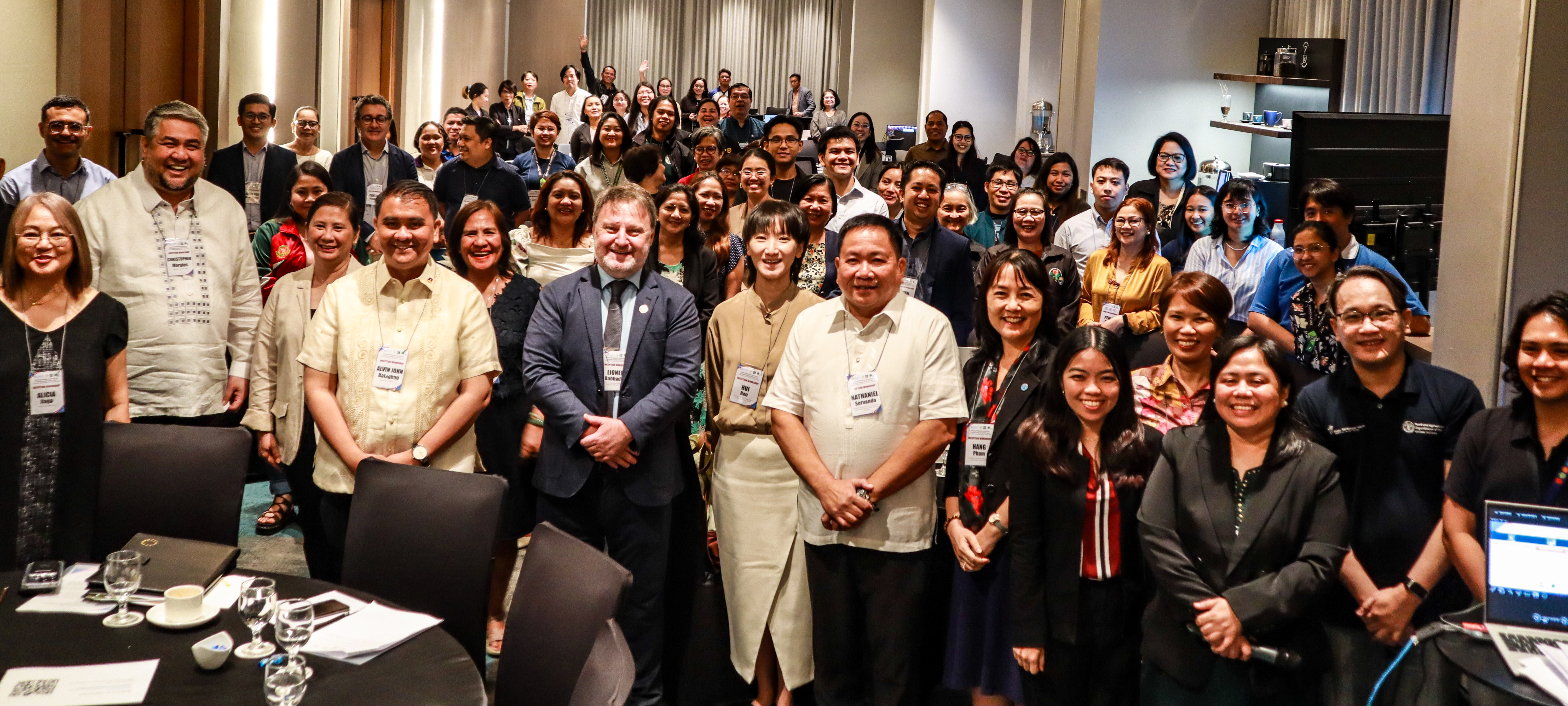With extreme weather events like typhoons, droughts, and floods becoming more frequent and severe, the...
Manila - Building the resilience of farmers is a key priority of FAO’s recovery and rehabilitation efforts in the aftermath of Typhoon Haiyan. For farmers whose coconut stands were destroyed by the typhoon, this means being provided with a stable source of alternative livelihood that can be sustained even with limited...
Healthy soils are the foundation of food production
20 April 2015
20 April 2015
Rome - Healthy soils are the foundation of global food production and ought to become a key agenda item in public policy, said Moujahed Achouri, Director of FAO’s Land and Water Division, addressing the third Global Soil Week in Berlin today.
Global Soil Week brings together more than 550 participants from 78 countries working...
Rome -- Geothermal energy, the flow of heat energy radiating from the earth’s core, provides unique opportunities for cost efficient, sustainable food production and processing in developing countries, says a new report published by FAO today.
In some developing economies, as much as half of all food produced is lost post-harvest –...
Manila - When Typhoon Haiyan (Yolanda) struck in November 2013, it severely damaged and destroyed many seaweed facilities and production, crippling the income of Filipino coastal farmers who relied on this as their main source of livelihood.
The Philippines is one of the world’s largest producers of seaweed and initial assessments...
Green Super Rice gives Bicol farmers higher yield
24 March 2015
24 March 2015
Manila, Philippines - Fronting the Pacific Ocean, Bicol is one of the Philippines’ most disaster-prone regions, but farmers here now have a reason to expect higher productivity in spite of more challenging weather conditions. This is thanks to Green Super Rice (GSR) lines and other stress-tolerant rice varieties that are being...









